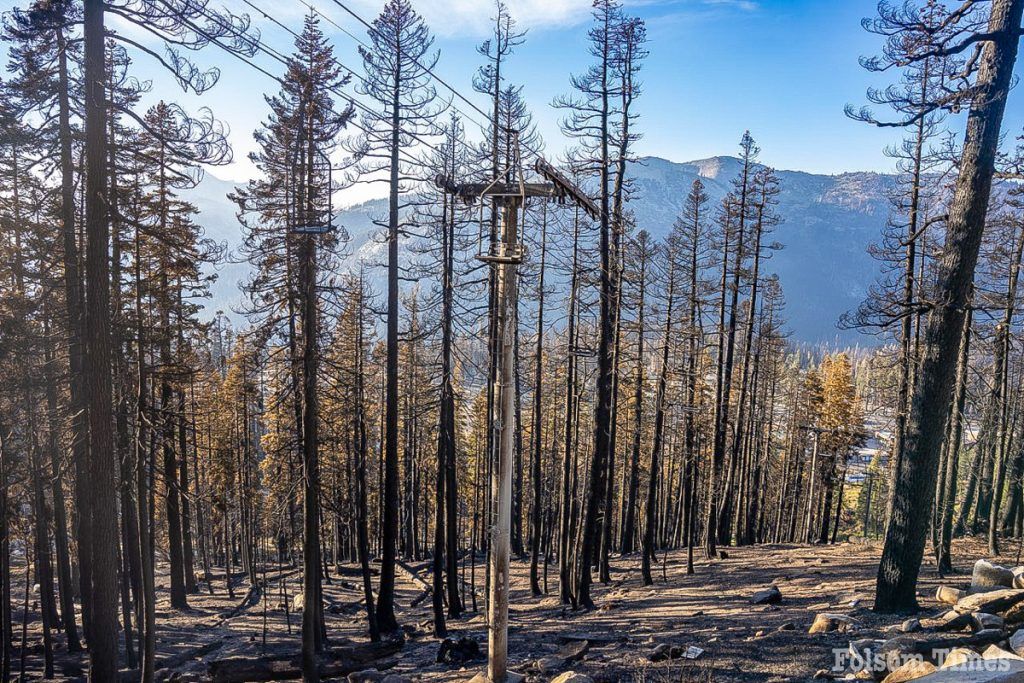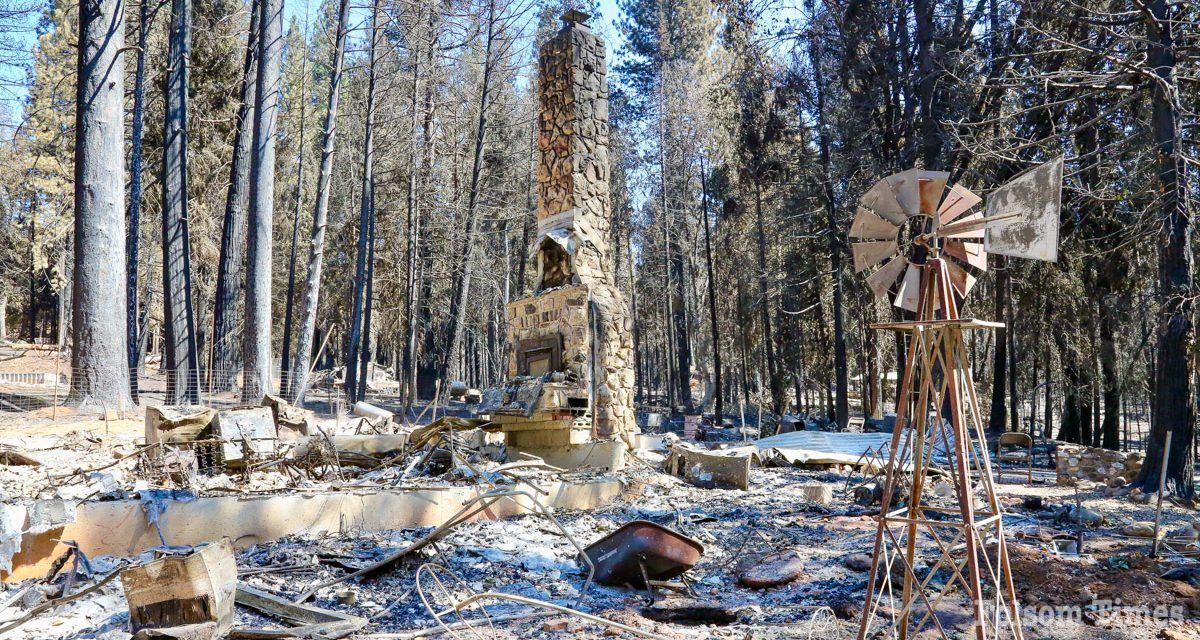The Eldorado National Forest has published the Caldor Fire Restoration Project Environmental Assessment, beginning a 30-day comment period. The project aims to reduce safety risks, restore forest features and strengthen resilience to future disturbances.
“The publication of this environmental assessment is an important step in rebuilding our forest and communities from the impacts of the Caldor Fire,” said Eldorado Forest Supervisor Amy Reid. “The proposed actions will help to reduce the threat of future uncharacteristic, large-scale wildfires like the Caldor while also restoring the ecological processes, habitat conditions and access to recreation that are essential to the Eldorado National Forest.”
The 2021 Caldor Fire burned 221,835 acres across Forest Service and private lands. Approximately 170,057 of those acres are public lands managed by the Eldorado National Forest, making it the largest recorded fire on the forest. The fire caused significant damage to roads, trees, water sources, wildlife habitat, and recreation sites. To address these and additional impacts, proposed treatments include mechanical fuel reduction, prescribed burning, reforestation, salvage harvest, invasive weed removal, watershed restoration, and repair of infrastructure.
Due to the severity of the fire, some recovery needs are urgent. For this reason, the project’s first phase (Phase I) will streamline analysis and expedite restoration actions to address immediate threats by using an emergency action determination, meaning that the next step in the planning process for Phase I will be a decision. The second phase (Maximum Extent Scenario), addressing long-term objectives for landscape resilience and less-urgent restoration needs, will have an objection period and a later decision.
To view the EA and supporting documents visit the project website at:https://www.fs.usda.gov/project/?project=63359.
The comment period for this project is from August 28 to September 27, 2024. Electronic comments should be submitted through the Comment Analysis and Response Application (CARA):https://cara.fs2c.usda.gov/Public//CommentInput?Project=63359.





